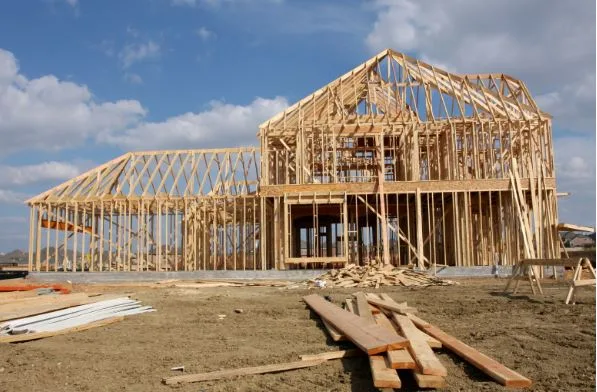Planning New Construction? Here’s What the Pros Always Do
Starting a new fueling station project can feel overwhelming. Between permits, design choices, and the sheer scale of construction, there are countless details to manage. The difference between a smooth project and a stressful one often comes down to how well the planning phase is handled. Industry professionals follow a proven process to reduce risks, avoid costly mistakes, and ensure that the final result is both safe and profitable.
Why Planning Matters So Much
A fueling station isn’t like building a house or office. It involves underground storage systems, specialized pumps, complex electrical work, and strict safety standards. Every decision made at the start has long-term consequences. Proper planning saves money, minimizes delays, and ensures compliance from day one.
This is why experienced teams treat new gas station construction as a step-by-step process, not a rushed project.
Step 1: Understanding the Site
The first priority is evaluating the property itself. Soil conditions, zoning regulations, and access to utilities all affect design and cost. A poor site choice can add unnecessary expenses or limit the station’s potential.
Professionals conduct thorough surveys and feasibility studies to confirm that the location supports both safety and long-term profitability.
Step 2: Designing for Flow and Safety
A good fueling station is more than tanks and pumps—it’s about customer experience. Pros design layouts that allow vehicles to enter, refuel, and exit smoothly without congestion. They also plan for safe pedestrian access, well-lit areas, and space for convenience store additions.
This design stage ensures that the station is functional, safe, and appealing to customers.
Step 3: Securing Permits Early
Permits and regulatory approvals can cause major delays if not handled properly. Fueling stations are subject to some of the strictest local, state, and federal requirements.
Professionals anticipate these hurdles early, submitting paperwork and coordinating with agencies long before construction begins. This proactive approach keeps projects on schedule.
Step 4: Installing Tanks the Right Way
Underground or above-ground tanks are the heart of any fueling station. They must be installed securely, with double-wall protection and leak detection systems to meet environmental standards. Placement is critical to ensure both efficiency and safety.
Pros understand that cutting corners here can lead to catastrophic leaks, fines, and long-term repair costs.
Step 5: Coordinating the Trades
Gas station projects require electricians, plumbers, welders, environmental specialists, and general contractors working in sequence. Poor coordination leads to delays and rework.
Experienced builders know how to schedule these teams efficiently, ensuring every step aligns with the overall plan.
Step 6: Prioritizing Safety Systems
Fire suppression, vapor recovery, and emergency shutoff systems are not optional—they’re essential. The best construction teams integrate these systems seamlessly during the build instead of leaving them for the final stages.
This foresight ensures that stations pass inspections quickly and operate safely from day one.
Step 7: Environmental Responsibility
Fueling stations carry a higher environmental risk than most projects. Professionals prioritize containment systems, drainage planning, and protective coatings to reduce these risks. They also arrange for proper disposal of construction waste, ensuring compliance with environmental regulations.
By addressing these concerns early, they avoid problems that could otherwise lead to fines or costly remediation later.
Step 8: Testing Before Opening
Before the first customer pumps fuel, every system is tested thoroughly. This includes tank pressure checks, pump calibration, and safety system validation. These inspections confirm the station is safe, efficient, and ready for operation.
Skipping or rushing this step can result in shutdowns shortly after opening—a mistake experienced teams always avoid.
The Professional Advantage
What sets professional builders apart is not just their technical skill, but their foresight. They understand where projects usually run into trouble and take steps to prevent those issues before they happen. From site selection to final inspection, they create a roadmap that makes the construction process predictable and manageable.
A Smarter Way to Build
For anyone considering a new fueling station, the lesson is clear: success starts with planning. By following the same steps professionals use, property owners can avoid costly surprises and open stations that are safe, efficient, and built to last.





